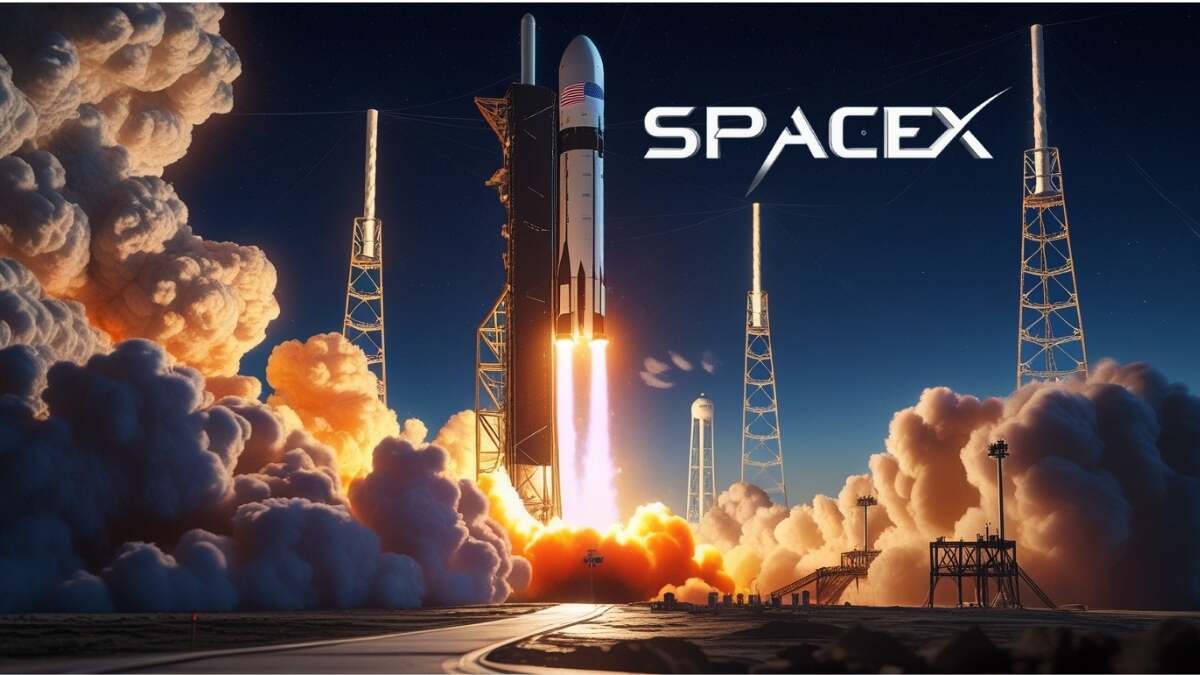When a Falcon 9 rocket from SpaceX lit up the Arizona sky, many locals originally thought it was a UFO because of the dazzling, streaking light it produced. SpaceX’s reusable rocket program achieved another significant milestone when the rocket launched 28 Starlink satellites from Vandenberg Space Force Base into orbit.
The first-stage booster demonstrated the accuracy and creativity of contemporary rocketry when it safely landed on the drone ship “Of Course I Still Love You” after completing its 28th mission. The launch became a collective, breathtaking experience as locals characterized the sight as comet-like. Beyond the aesthetic spectacle, the goal of these Starlink satellites is to provide more distant locations with high-speed internet access. This event attracts public attention while showcasing SpaceX’s dedication to technical innovation.
Arizona sky light up with a SpaceX launch
This section delves into the event’s factual description: Vandenberg Space Force Base launches 28 Starlink satellites on a Falcon 9 rocket.
Important components here:
Viewable from Arizona:
highlights that the general public may observe space launches and that they are not exclusive for scientists. Because of this, the narrative is relatable.
The 28th flight of the Falcon 9 first-stage booster:
focuses on SpaceX’s invention of reusable rockets, demonstrating advancements in affordable space travel.
demonstrates the accuracy and intricacy of contemporary rocketry, adding technical interest and thrill for aerospace aficionados.
This part engages both casual readers and space enthusiasts by striking a balance between technical accomplishment and public spectacle.
How locals saw the launch
By using firsthand stories, the tale becomes more relevant. Viewers expressed amazement and surprise at the rocket, which they characterized as a comet-like streak, transforming a technical event into a universal human experience.
bridges the gap between technological accomplishment and common observation, giving the audience a sense of excitement and accessibility to intricate space missions.
encourages neighborhood conversation, community involvement, and excitement for upcoming launches, quietly encouraging readers of all ages to take in the sky.
This method humanizes the narrative while maintaining an emotional connection with readers and encouraging creativity, curiosity, and a feeling of group involvement in scientific advancement.
When will the next rollout be?
With many Falcon 9 flights scheduled each month from different launch locations, such as Kennedy Space Center and Vandenberg Space Force Base, SpaceX maintains a consistent launch schedule. Fans may often follow impending launches via SpaceX’s official website or social media outlets, however precise dates may change according on weather, technical inspections, or regulatory permissions.
This implies that there will probably be more chances for skywatchers and inhabitants of Arizona to see breathtaking rocket streaks lighting up the night sky. You may keep the thrill of space exploration within your grasp by subscribing to launch notifications or watching live broadcasts to make sure you do not miss the next Starlink deployment or future missions.

